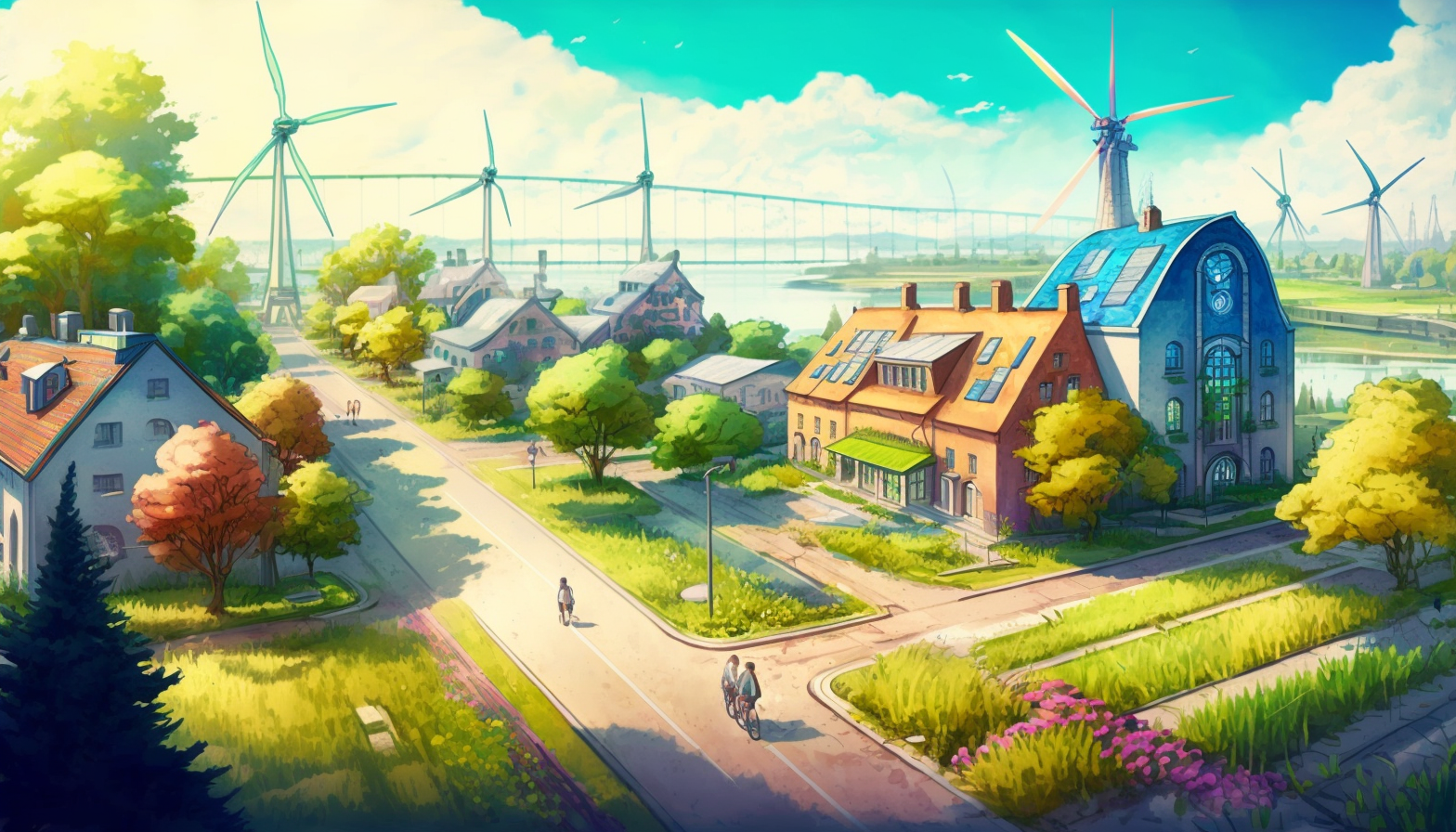Our world is facing major interconnected, car-related challenges: Air pollution, increasingly expensive car infrastructure, massive CO2 emissions from billions of cars, biodiversity loss, along with increasing car-related deaths in unwalkable cities. Car insurance, fuel, and payments are ballooning for young people. The unsustainable burden of car infrastructure continues to grow for many municipalities. Increasingly, younger generations are seeking cleaner, more affordable, smaller options beyond traditional cars.
Large gas-powered cars not only contribute to greenhouse gas emissions but also contribute to air pollution, traffic congestion, and infrastructure costs. It is time we ramp down the use of large gas-powered cars and ramp up the use of car-free pathways for e-bikes, scooters, walkers, and Low-Speed-Vehicles (LSVs).
One of the biggest benefits of reducing our reliance on large gas-powered cars is the reduction in infrastructure costs. The cost of maintaining roads, bridges, and tunnels is enormous. By reducing the number of large cars on the road, we can reduce the wear and tear on our infrastructure, which in turn reduces the cost of maintenance and repair.
Another benefit of reducing the use of large gas-powered cars is the reduction in the heat island effect. The heat island effect occurs when buildings and roads absorb heat from the sun during the day and release it at night. This effect contributes to higher temperatures in urban areas, which can be dangerous for vulnerable populations such as the elderly, young children, and those with respiratory problems. By reducing the use of large gas-powered cars, we can reduce the amount of heat that is absorbed by roads and buildings, which in turn can help to mitigate the heat island effect.
Micro-EVs, such as e-bikes, scooters, and LSVs, are more affordable than larger cars. The average cost of a new car is over $35,000, while an e-bike can cost as little as $500. This makes micro-EVs a more accessible option for many people, especially those living in urban areas.
The average car speed in towns and cities is incredibly low due to congestion. In many cases, smaller EVs and bikers could travel just as fast, if not faster, than larger cars. By using micro-EVs, we can reduce the amount of time spent in traffic, which in turn reduces the amount of fuel consumed and the amount of greenhouse gas emissions produced.
Finally, designing cities around people and micro-mobility is beneficial in many ways. It promotes a more active lifestyle, reduces air pollution, reduces noise pollution, and makes cities more livable. By phasing out car-centric design, we can create cities that are more enjoyable to live in and visit.
In conclusion, the benefits of gradually ramping down large gas-powered cars and ramping up car-free pathways for e-bikes, scooters, walkers, and LSVs are numerous. It reduces infrastructure costs, mitigates the heat island effect, makes micro-EVs more affordable, reduces traffic congestion, and promotes a more livable city. It is time to prioritize people and micro-mobility in our cities and phase out the use of large gas-powered cars. Every idea has its day. Large gasoline powered cars had their heyday in the 20th century. It's time for fresher, more affordable, more enjoyable solutions for getting around town.



Leave a comment
This site is protected by hCaptcha and the hCaptcha Privacy Policy and Terms of Service apply.